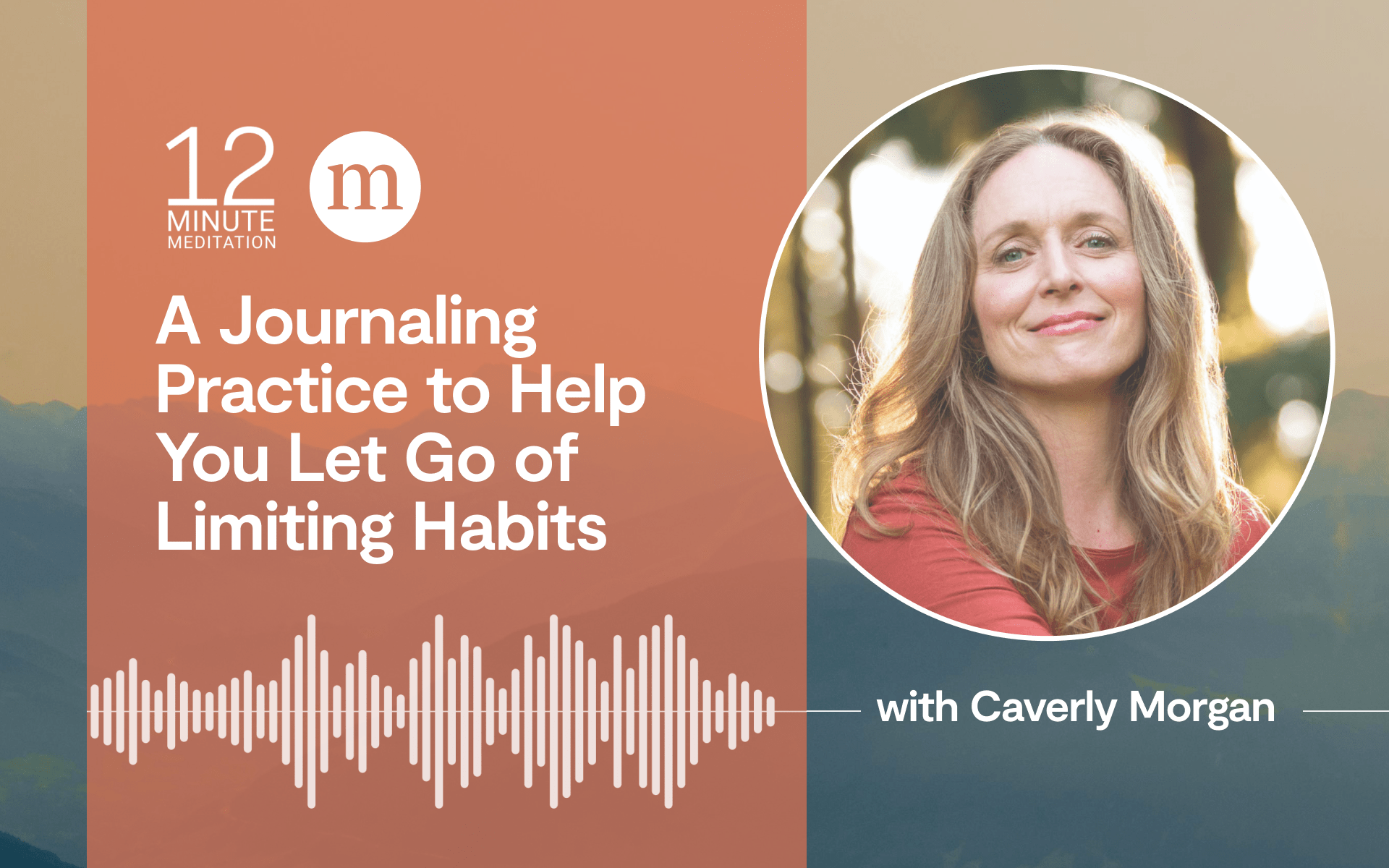Life is frightening. Every day new threats arise or old ones return. Countless things could go wrong, and many of them do. On top of this our minds regularly anticipate even more misfortunes than actually befall us.
It’s no wonder we feel afraid. We hear every day about terrible things—accidents, addiction, assaults, aneurysms, adultery, Alzheimer’s, attacks, amputations, abductions, atherosclerosis, abandonment, AIDS—and these are just a few at the beginning of the alphabet. Some misfortunes are caused by other people, some by our own missteps, and many simply by the fact that everything changes—we age, our children grow up, economic conditions shift, storms brew, wood rots, metal rusts, everything that is born dies.
Fear is our mind and body’s ancient, hardwired response to every perceived threat, no matter how subtle. We are therefore frightened much of the time, though we often don’t think about it this way. Many days we just feel “stressed.” When the threat is even less obvious, we might feel restless, bored, or antsy (“Nothing good is on TV”). Perhaps we find ourselves procrastinating to avoid a certain task or encounter (“I’ll pay the bills tomorrow”). Or we find ourselves compulsively driven to finish projects, accomplish goals, or meet deadlines (“I can’t relax until I get this done”).
Fear can also show up as a stress-related physical symptom such as a headache, digestive distress, back pain, or insomnia. It can prompt us to drink too much, visit the refrigerator, or waste hours surfing the Internet. And fear can lead to regrets about the things we avoid because of it—the phone call we duck, the opportunity we pass up, or the important encounter we put off. This avoidance then leads to more fear, as we worry about the trouble we’ll face (from ourselves or someone else) for chickening out.
While sometimes we don’t immediately recognize our fear, at other times we have no doubt that we’re scared. We feel anxious, tense, uptight, or can’t stop worrying. Perhaps we even develop sweaty palms, tight shoulders, a pounding heart, or panicked feelings. These sensations can get so intense that we desperately want to get rid of them.
Fear is also constantly changing. Our level of distress may be low one moment but high the next. We may feel anxious regularly or only sporadically. Whatever our particular patterns, most of us find that fear, worry, or anxiety gets in the way of enjoying life at least occasionally. After all, almost everything is more fun when we feel relaxed. (This may have something to do with the worldwide prevalence of drinking.)
When fear is strong, it can get in the way of our functioning at school, at work, with family, or in social situations. Whether we do poorly on the math test because we couldn’t concentrate, falter during the big presentation because of nerves, yell at our kids because we’re worried about their behavior, or hesitate to ask someone for a date, fear can interfere with everything we do.
Whether or not you think of yourself as being an anxious or fearful person, mindfulness practice can help you deal with your reactions to life’s inevitable threats—both big and small.
(…)
If you’re like most people, you might be surprised to see just how often fear and anxiety affect your life. Some people think of these as distinct experiences. They use the word fear to describe our reaction to immediate physical danger (the car going into a skid or our child running into the road) while anxiety involves worry (feeling nervous before an important talk or big test). The distinction isn’t critical, however. Mindfulness practice helps us see that our minds and bodies respond similarly in all of these situations and at least some fear or anxiety shows up quite regularly. It can help us work with both the little moments of fear and anxiety that pass through our minds all the time and the big ones that can be overwhelming.
(…)
No matter how subtle or disturbing it is, all fear and anxiety stems from the same adaptive evolutionary mechanisms. Understanding these responses and how they become a problem can reveal how and where mindfulness practice can help.
What exactly is anxiety?
Researchers point out that what we call “anxiety” is actually three interrelated processes: physiological, cognitive, and behavioral.
We experience the physiological aspect of anxiety as sensations in our body. These can include a racing heart, shallow breath, lightheadedness, clammy hands, restlessness, fatigue, trembling, muscle tension, or a “lump in the throat,” as well as headaches, stomachaches, backaches, and a variety of other stress-related medical problems. These effects can be subtle—maybe you just feel a little embarrassed about repeatedly clearing your throat when you have to talk to a difficult customer, or find yourself fidgeting in the waiting room before your doctor’s appointment.
The cognitive aspect of anxiety shows up as worried thoughts about the future—imagining disasters of all sorts and thinking about ways to avoid them. Perhaps on the phone with that customer a little tape in the back of your mind tells you that he thinks you’re stupid, or you decide in the waiting room that your headache is really a brain tumor.
The third aspect of anxiety involves avoidant behavior. Not surprisingly, people try to avoid situations that bring on unpleasant physiological reactions and painful thoughts. So when we’re anxious, we wind up limiting our lives, avoiding the activities and situations that we expect will make us more anxious. Unfortunately, this generally makes matters worse. Not only do we get into trouble by hiding from the customer or putting off medical care, but avoid what we fear tends to reinforce the idea that it’s actually dangerous.
Excerpted from The Mindfulness Solution: Everyday Practices for Everyday Problems, The Guilford Press 2010




